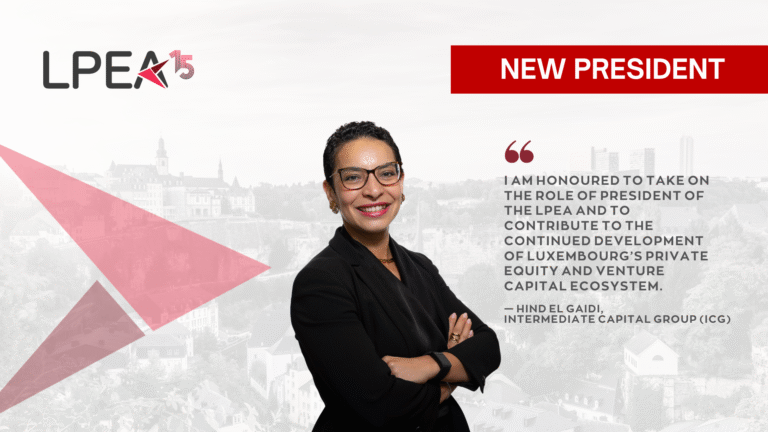Alternative Investments in (Luxembourg) Insurance
Capital V #8 | by Claude Jacoby, Partner and Anthony Dault, Director of PwC Luxembourg
The expertise and capabilities already developed by the Luxembourg insurance industry in dealing with non-standard investments will place it at the forefront of this new era, provided it successfully manages to address the main risks associated with these assets (e.g. regulatory, legal, governance, liquidity, valuation, reputation – including AML/KYC). This will be achieved through adequate internal procedures and controls, and the active involvement of all key stakeholders within the organisation and outside (including alternative investment managers).
Investment strategies based on alternative investments have gained serious traction among insurers in recent years. Insurers are the second-biggest institutional investors (after pension funds), with projected AuM of USD 35.1 trillion by 2020 (PwC Report, 2014).
Unlike traditional insurance investment strategies (e.g. high-grade fixed income securities, UCITS and blue-chip stocks), these “new” strategies, depending on local regulations and types of insurance product limitations, can encompass a wide range of non-standard investments such as unlisted bonds, promissory notes, hedge funds, private companies, regulated or unregulated funds (e.g. SIF, SICAR, Real Estate), luxury goods as well as private equity vehicles.
Although the resulting portfolio diversification and increased risk management help to explain such trends, a persistent low interest rate environment (which maroons guaranteed rate products, drives down profitability and capital value, calls into question business models and, in some instances, even the ability to operate as a going concern) is a key reason “forcing” insurers into higher yielding, yet riskier investment classes.
Luxembourg insurers have been part of this worldwide trend, with less conventional assets representing about 5% of the EUR 140 billion in total investments at year-end 2014 (CAA annual report 2014). Although such assets can be on-boarded in the insurers’ general portfolio, thus covering the guaranteed liabilities to policyholders, these assets can mostly be found in the insurers’ unit-linked portfolios, a segment on which Luxembourg insurers have some key cards to play compared to some other jurisdictions.
Luxembourg Life Contract
Provided some net wealth and premiums paid into the insurance contract criteria are met, the “Luxembourg life contract” probably offers the widest range of eligible underlying assets for an insurance policy, including non-standard assets, through its well-known “dedicated fund”, a key item of the wealth management toolbox. This advantage will be reinforced in the future, following the launch of the fonds d’assurance spécialisé (“FAS”) in 2015.
These tools fit perfectly with the needs of a new breed of sophisticated, well advised and more involved clients, namely the (U)HNWI, a population that the Luxembourg financial sector has been actively targeting to support the reinvention of the Luxembourg financial marketplace.
Of course, moving – at least partially – from traditional to alternative investment assets, and developing a successful alternative investment strategy is not a given for all insurers. In addition, the quest for enhanced returns should not come at the expense of clients, and the development of riskier investment-based products and possible “bad behaviours” are closely looked at by regulators, as insurers remain highly regulated entities, building trust in society and fostering economic growth.
It is worth noting that the Solvency II Directive (CapitalV issue #7), whose capital charges are mostly derived from the insurer’s balance sheet, does favour some private equity vehicles (unleveraged, EuVECA or ELTIF designation and closed-ended) which benefit from the same 39%-weighing as Type 1 equities, compared to the 49%-weighing generally applicable to other alternative investments. The possible lower correlation of alternative assets with other asset classes can also support the use of these assets from a solvency perspective.
“The ‘Luxembourg life contract’ probably offers the widest range of eligible underlying assets for an insurance policy, including non-standard assets, through its well-known ‘dedicated fund’, a key item of the wealth management toolbox.”







